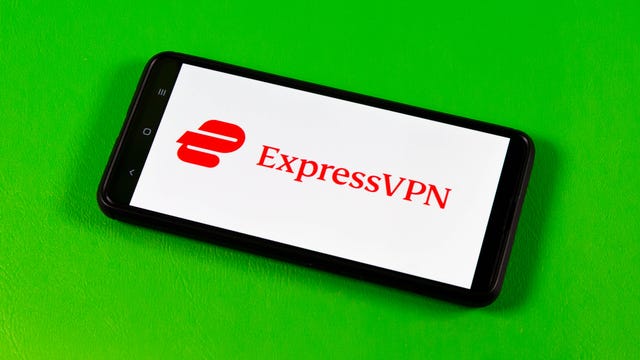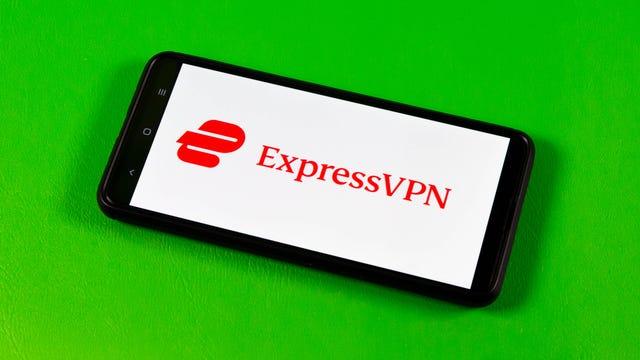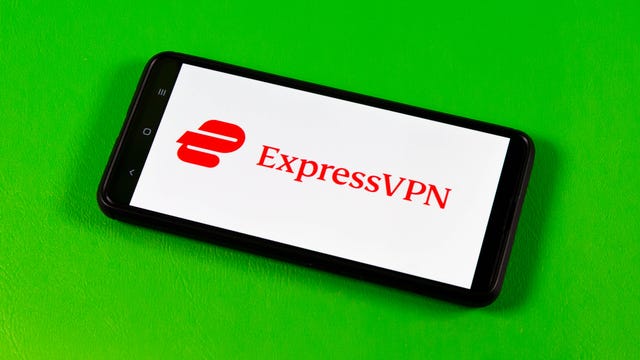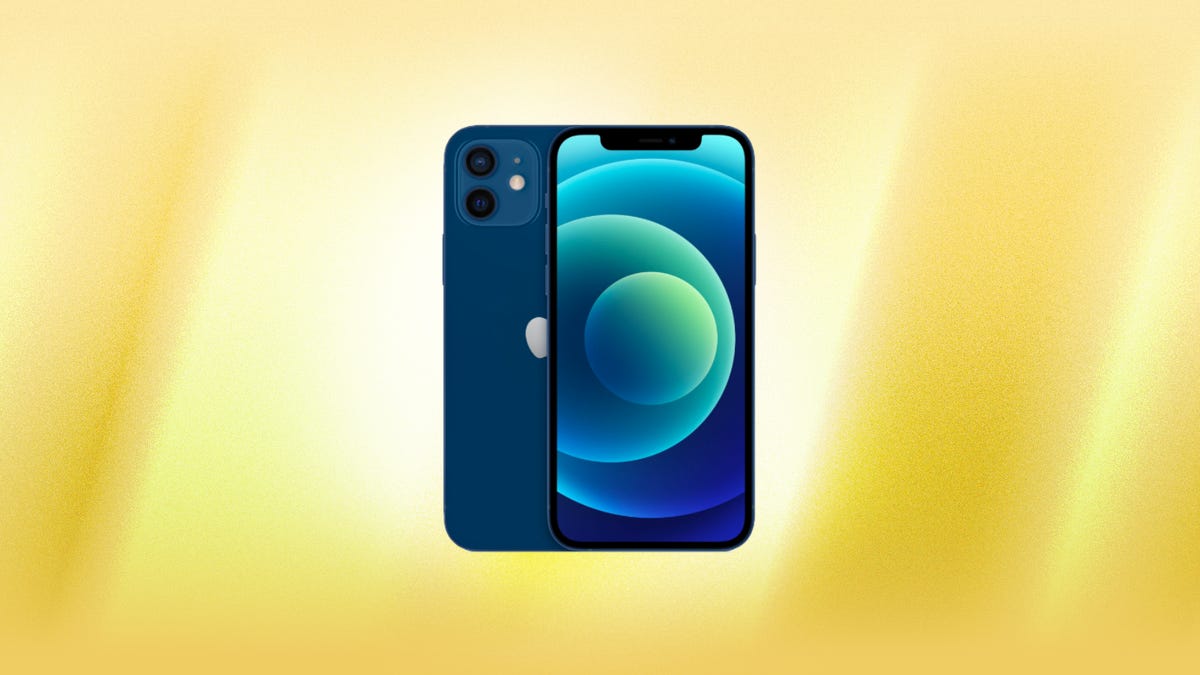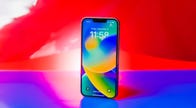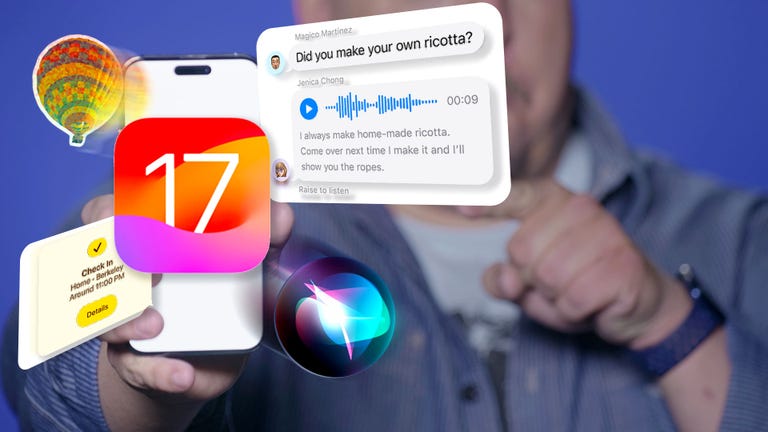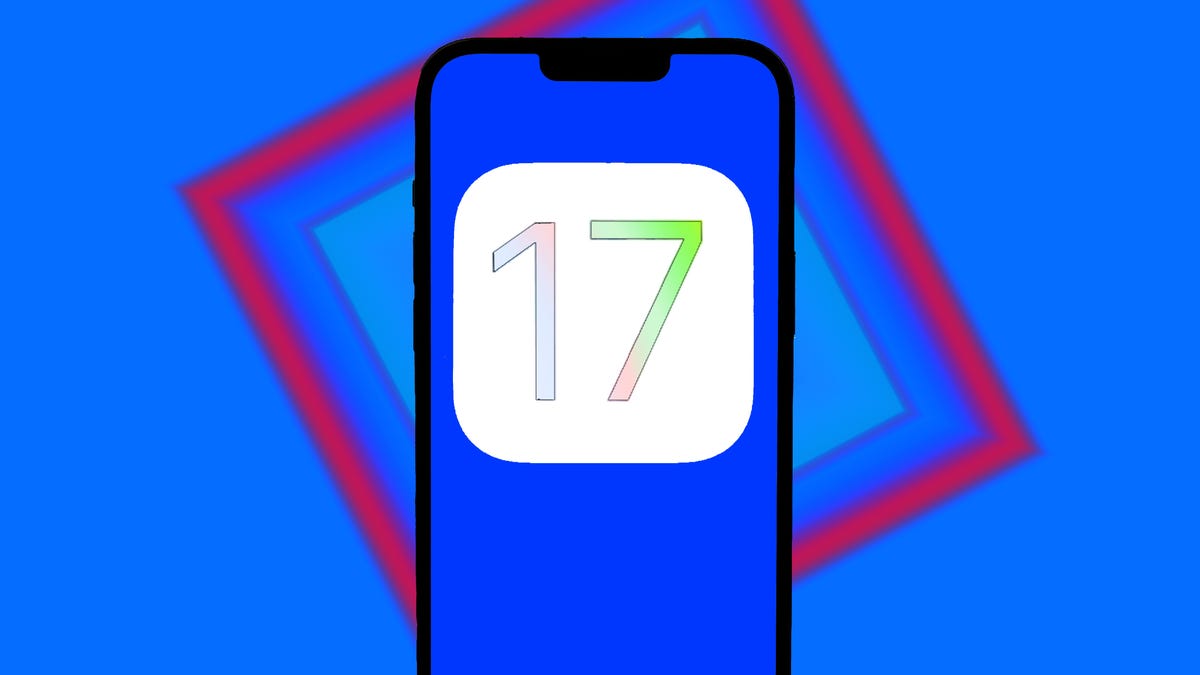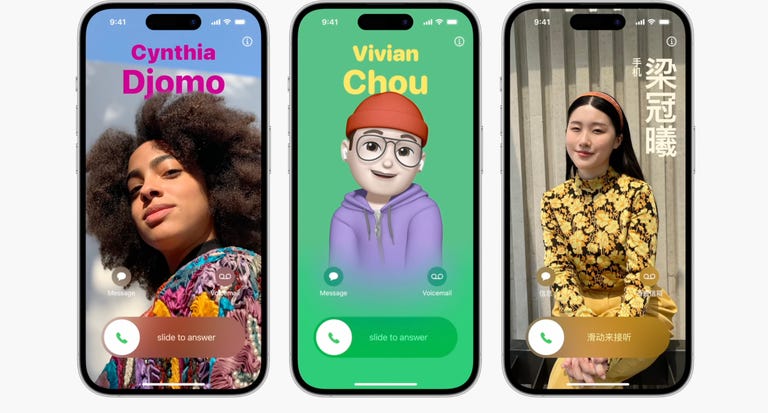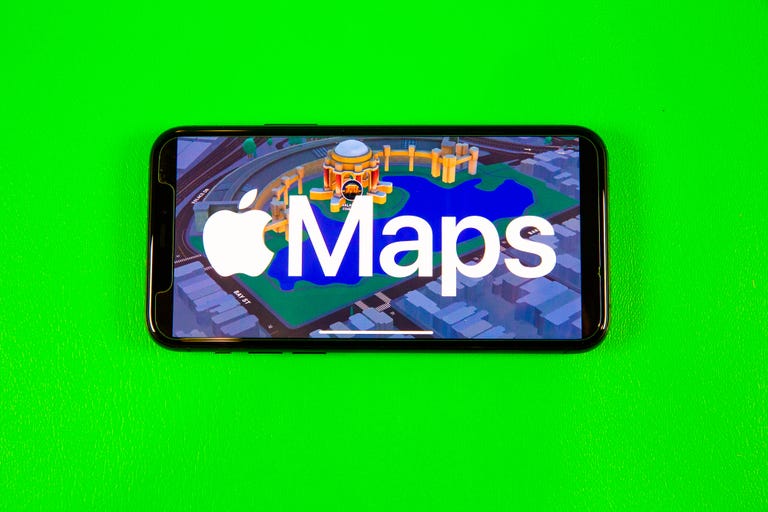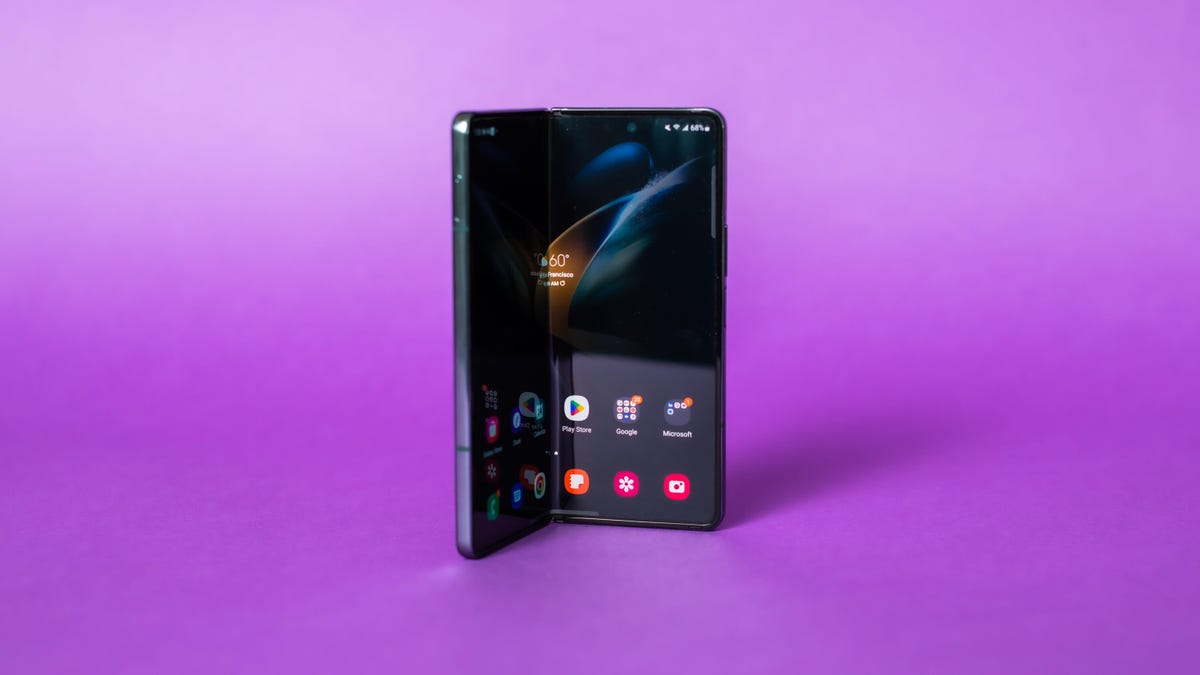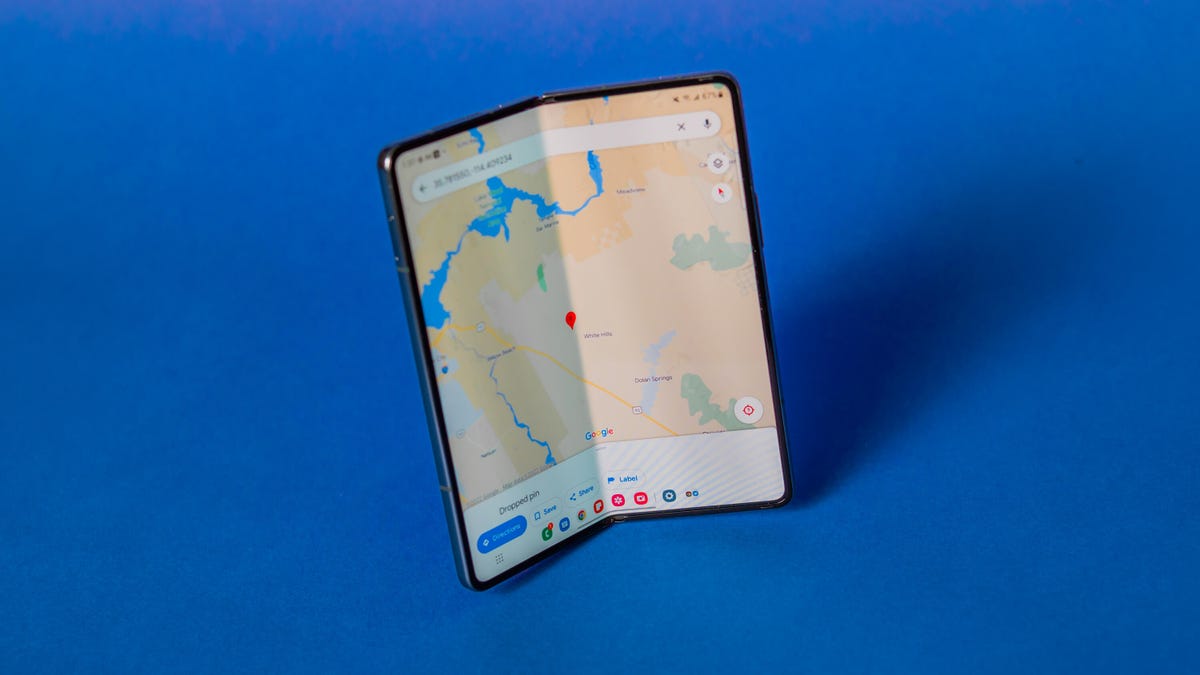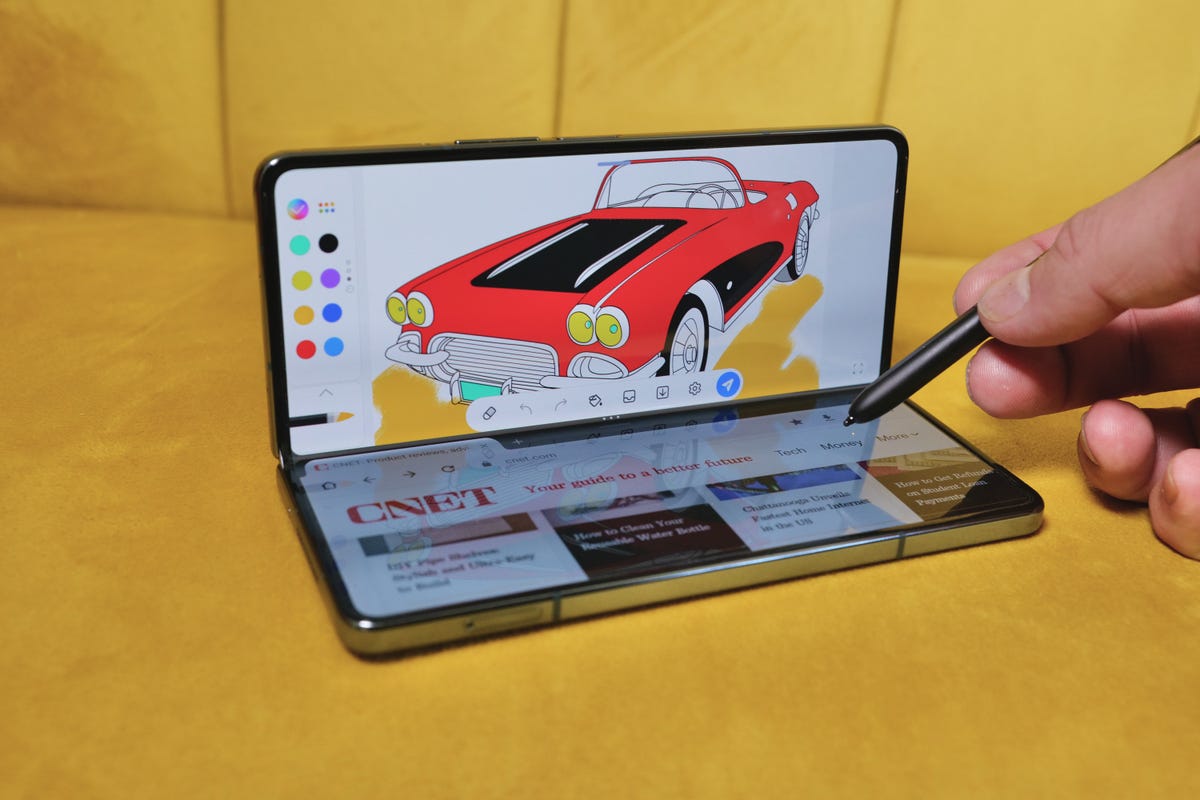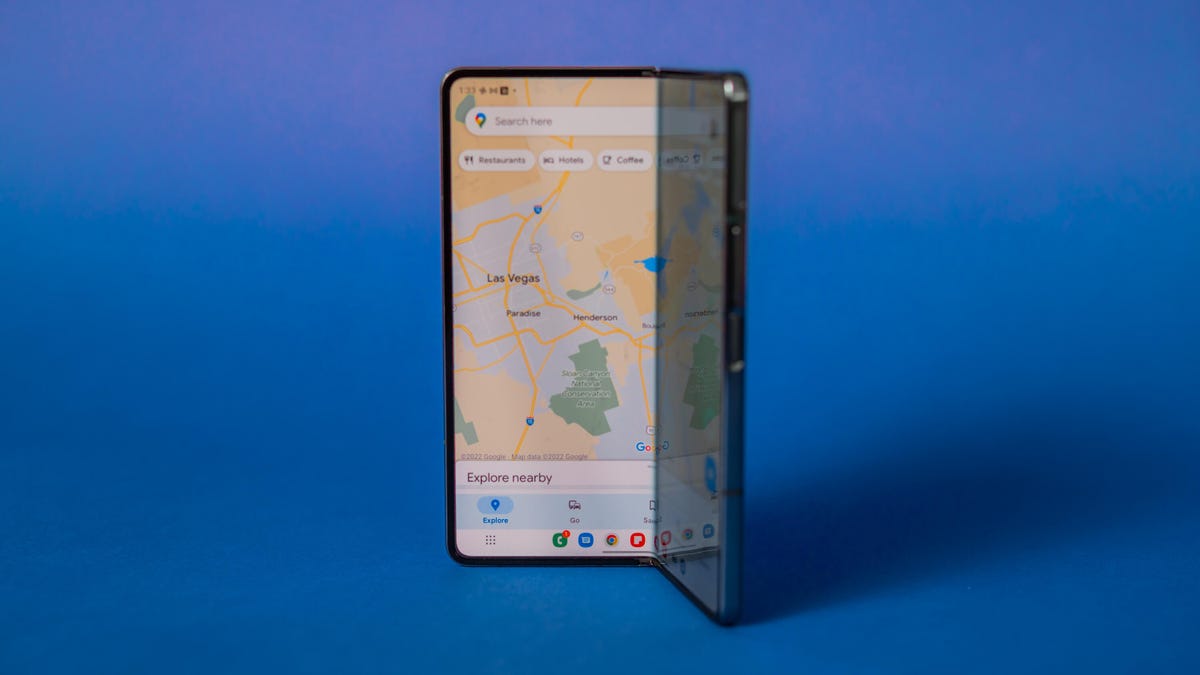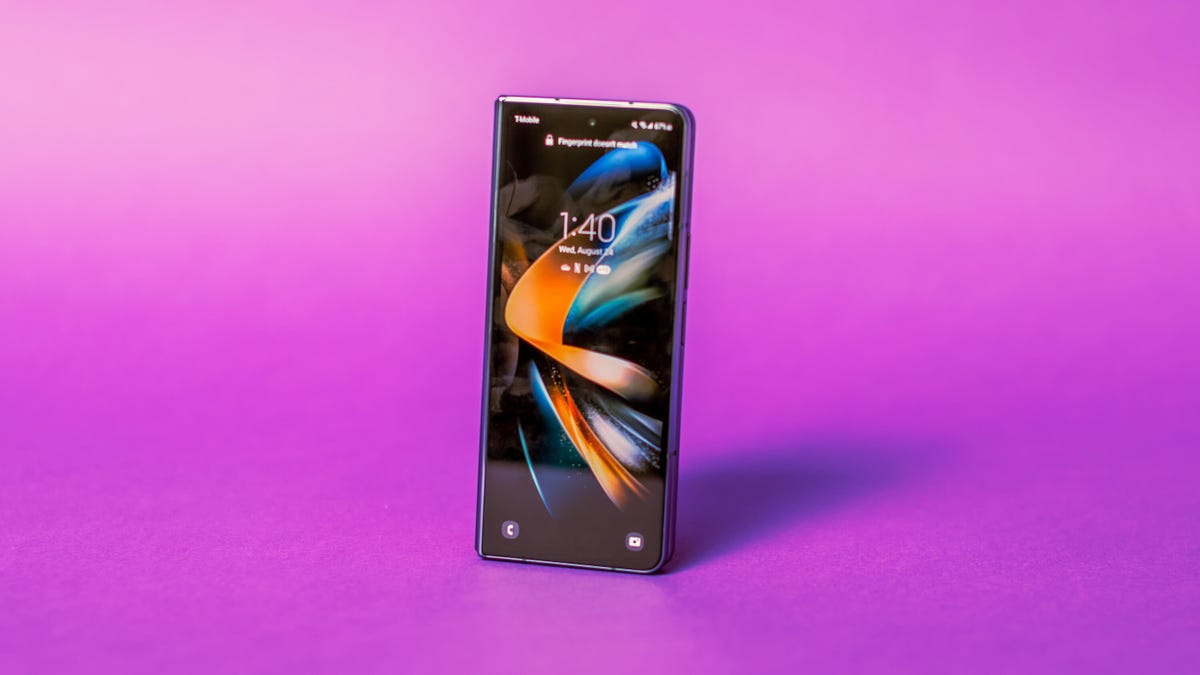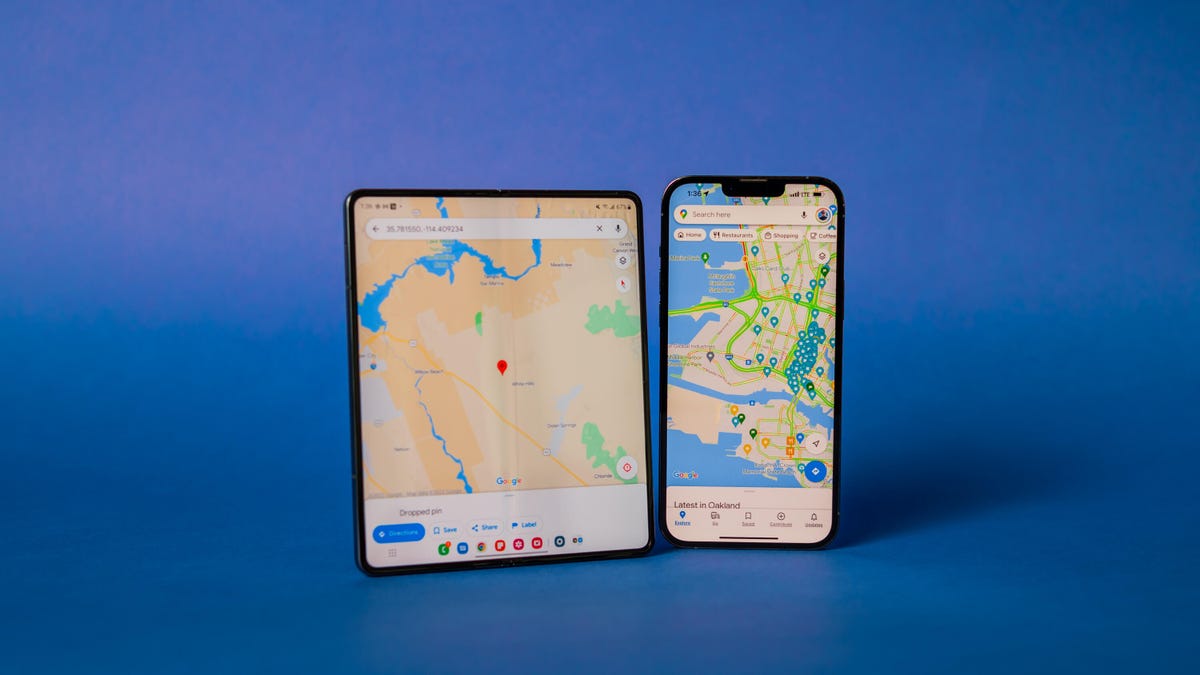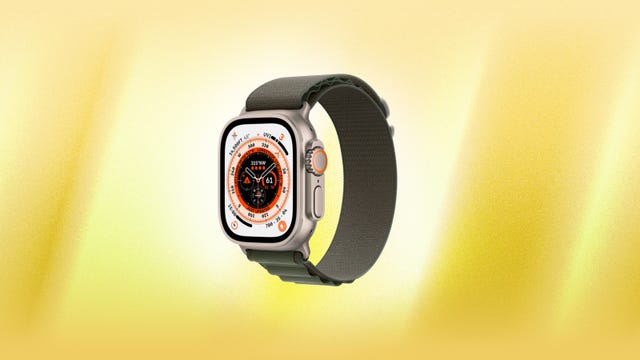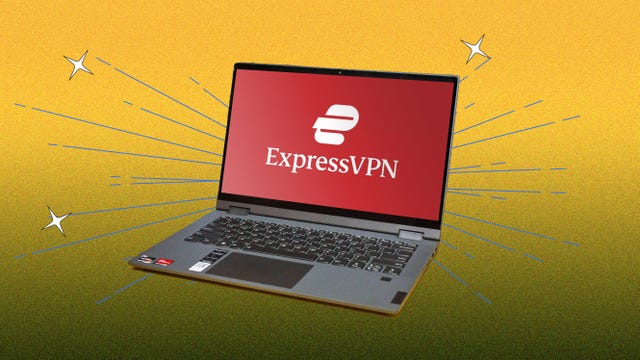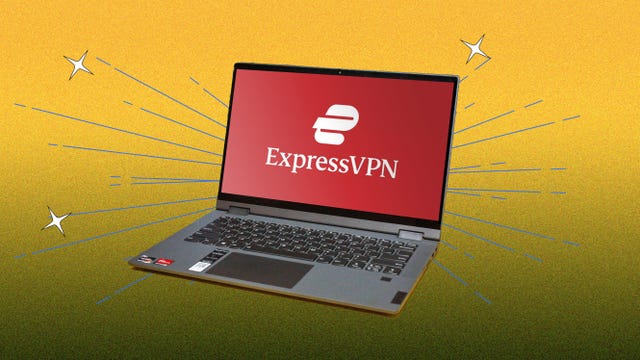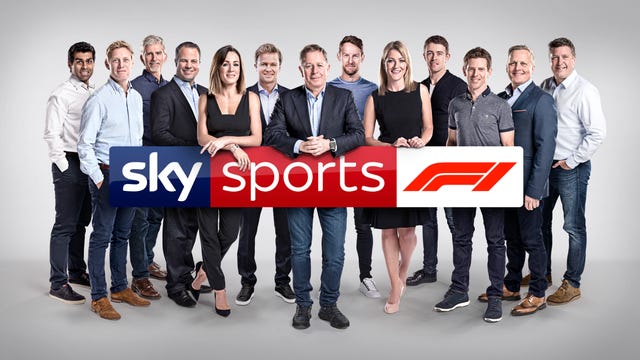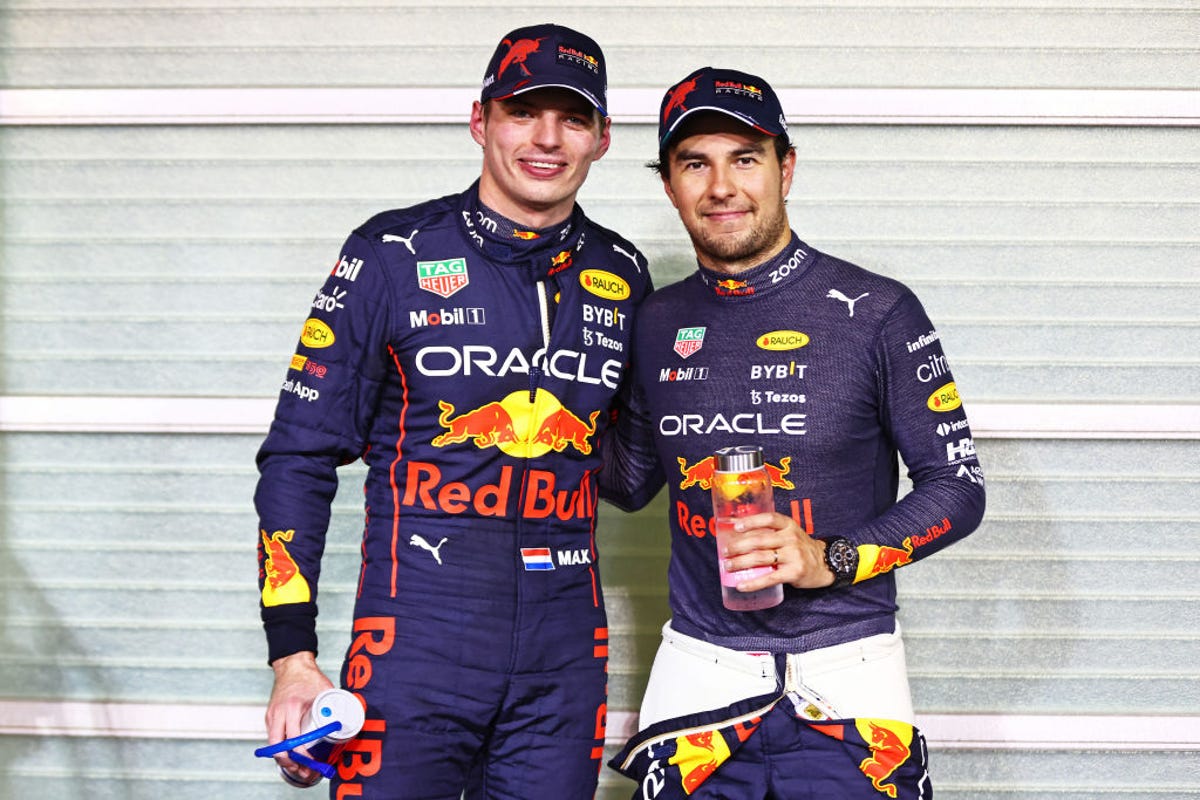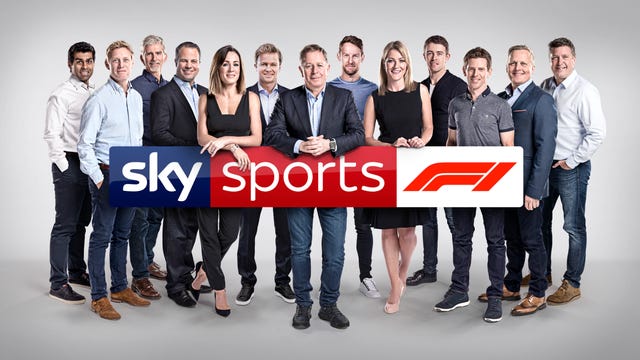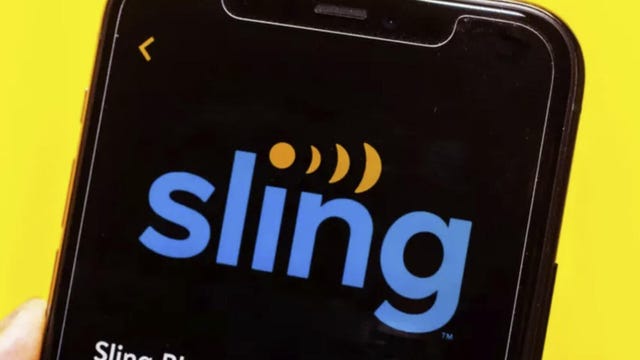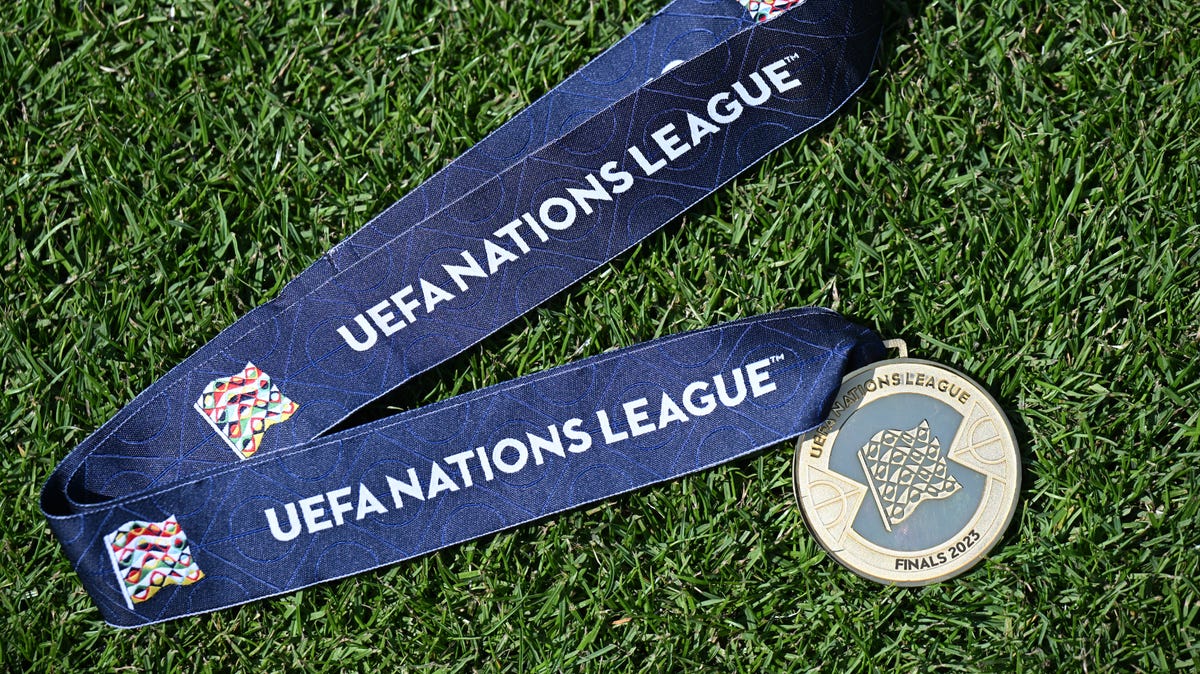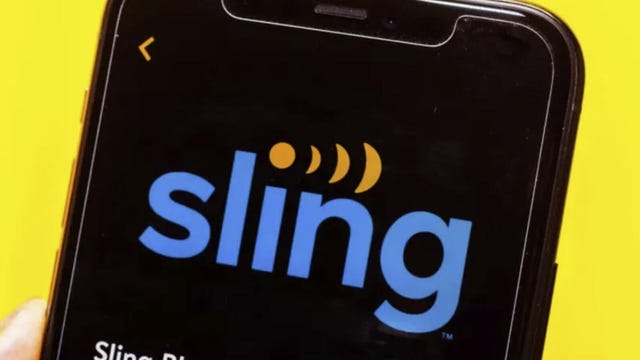The last two sides with unblemished records in Group B face off in Paris tonight, as France host Greece at the Stade de France in this key men’s Euro 2024 qualifier.
Les Blues come into this clash off the back of a comfortable 3-0 win over Gibraltar, thanks to goals from AC Milan hitman Olivier Giroud and Paris Saint-Germain’s wantaway striker Kylian Mbappé, as well as an own goal from defender Aymen Mouelhi. That victory made it three straight wins for Didier Deschamps’ side as they underlined their status as favorites to finish the group as winners.
Greece also look in a strong position to qualify, following a big 2-1 win over the Republic of Ireland on Friday. Trabzonspor forward Anastasios Bakasetas scored a penalty then set up Giorgos Masouras for the winner after halftime to make it a perfect two wins from two games for Gus Poyet’s men.
Below, we’ll outline the best live TV streaming services to use to watch the game live wherever you are in the world.

Kylian Mbappé may not want to play for PSG but he seems happy enough in the red, white and blue of France.
France vs. Greece: When and where?
France take on Greece at the Stade de France in Paris on Monday, June 19. Kickoff is set for 8:45 p.m. CET local time in France (7:45 p.m. in the UK, 2:45 p.m. ET, 11.45 a.m. PT in the US and 4:45 a.m. AEST on Tuesday, June 20 in Australia).
How to watch the France vs. Greece game online from anywhere using a VPN
If you find yourself unable to view the game locally, you may need a different way to watch the game — that’s where using a VPN can come in handy. A VPN is also the best way to stop your ISP from throttling your speeds on game day by encrypting your traffic, and it’s also a great idea if you’re traveling and find yourself connected to a Wi-Fi network, and you want to add an extra layer of privacy for your devices and logins.
With a VPN, you’re able to virtually change your location on your phone, tablet or laptop to get access to the game. Most VPNs, like our Editors’ Choice, ExpressVPN, make it really easy to do this.
Using a VPN to watch or stream sports is legal in any country where VPNs are legal, including the US, UK and Canada, as long as you have a legitimate subscription to the service you’re streaming. You should be sure your VPN is set up correctly to prevent leaks: Even where VPNs are legal, the streaming service may terminate the account of anyone it deems to be circumventing correctly applied blackout restrictions.
Looking for other options? Be sure to check out some of the other great VPN deals taking place right now.
ExpressVPN is our current best VPN pick for people who want a reliable and safe VPN, and it works on a variety of devices. It’s normally $13 a month, and you can sign up for ExpressVPN and save 49% plus get three months of access for free — the equivalent of $6.67 a month — if you get an annual subscription.
Note that ExpressVPN offers a 30-day money-back guarantee.
Livestream the France vs. Greece game in the US
Monday’s game is on Fox Sports 1. If you don’t have the channel as part of your cable line up, it can be streamed via Sling TV, as well as other more expensive streaming TV services.
Sling TV’s Blue plan includes Fox Sports 1 making it a great option for those wanting to watch international soccer action. It’s $45 a month and includes over 40 channels, including other sports channels like ESPN.
Livestream the France vs. Greece match in the UK?
Broadcast rights in the UK for this game are with Viaplay, with kick-off set for 7.45 p.m. BST on Monday evening.
You’ll need to be a subscriber to Viaplay’s Total package to watch its Euro 2024 Qualifiers coverage, which is priced at 15 a month or 144 a year.
Viaplay currently has the UK broadcast rights to the United Rugby Championship, La Liga soccer, plus the IIHF Ice Hockey World Championship and Champions Hockey League.
Livestream the France vs. Greece match in the Canada
If you want to stream this game live in Canada, you’ll need to subscribe to DAZN Canada. The service has exclusive broadcast rights to all the Euro 2024 qualifiers this season.
A DAZN subscription currently costs CA$25 a month or CA$200 a year and will also give you access to the UEFA Champions League, Europa League and Europa Conference League, plus EFL Championship soccer, Six Nations rugby and WTA tennis.
As well as dedicated apps for iOS and Android, there’s a wide range of support for set-top boxes and smart TVs.
Livestream the France vs. Greece game in Australia
Football fans Down Under can watch this match on streaming service Optus Sport, which has the rights to show select Euro 2024 qualifiers live in Australia this season.
With exclusive rights to screen Euro 2024 qualifiers live this season, as well as English Premier League, German Bundesliga and Spanish La Liga games, streaming service Optus Sport is a particularly big draw for Aussie soccer fans.
If you’re already an Optus network customer you can bag Optus Sport for a reduced price, with discounts bringing the price down to as low as AU$7 a month. If you’re not, a standalone monthly subscription to the service starts at AU$25.
Quick tips for streaming Euro 2024 qualifiers using a VPN
- With four variables at play — your ISP, browser, video streaming provider and VPN — your experience and success when streaming Euro 2024 Qualifiers may vary.
- If you don’t see your desired location as a default option for ExpressVPN, try using the “search for city or country” option.
- If you’re having trouble getting the game after you’ve turned on your VPN and set it to the correct viewing area, there are two things you can try for a quick fix. First, log into your streaming service subscription account and make sure the address registered for the account is an address in the correct viewing area. If not, you may need to change the physical address on file with your account. Second, some smart TVs — like Roku — don’t have VPN apps you can install directly on the device itself. Instead, you’ll have to install the VPN on your router or the mobile hotspot you’re using (like your phone) so that any device on its Wi-Fi network now appears in the correct viewing location.
- All of the VPN providers we recommend have helpful instructions on their main site for quickly installing the VPN on your router. In some cases with smart TV services, after you install a cable network’s sports app, you’ll be asked to verify a numeric code or click a link sent to your email address on file for your smart TV. This is where having a VPN on your router will also help, since both devices will appear to be in the correct location.
- And remember, browsers can often give away a location despite using a VPN, so be sure you’re using a privacy-first browser to log into your services. We normally recommend Brave.
